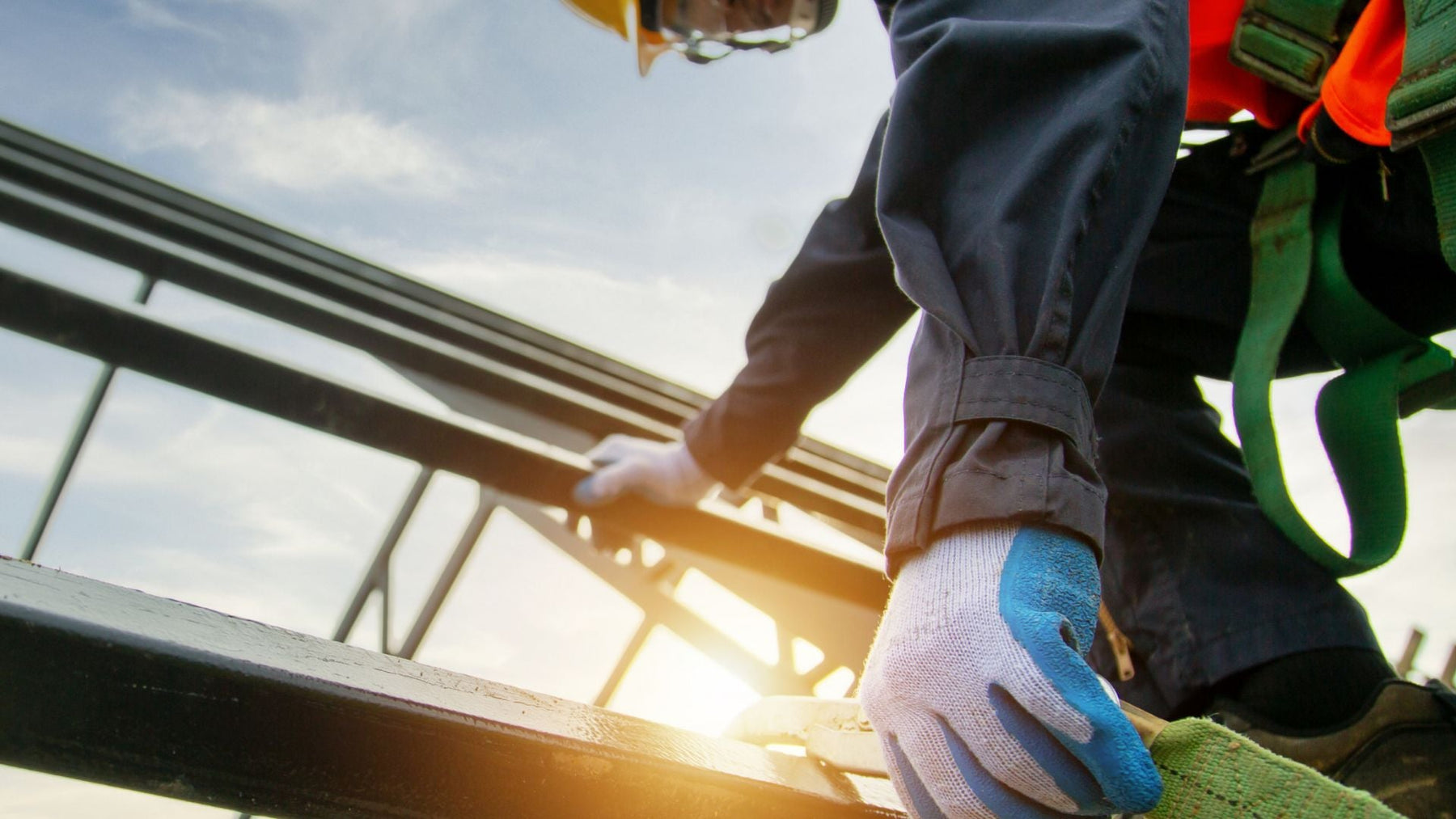With over 10,000 orders

Fall Height Statistics of Workplaces in Western Canada
Workplace safety is a crucial concern for both employers and employees across Canada. In 2022, several incidents of falls from heights were reported in the western provinces of British Columbia (BC), Alberta (AB), Saskatchewan (SK), and Manitoba (MB).
To discover how organizations can reduce these incidents while working at heights, we've summarized a statistical overview of the reported work-at-height falls while highlighting the number of incidents resulting in death and serious injury. And if you'd like to discover how you and your organization can reduce your workplace incidents for work at heights, contact safety experts at Height Works today.
Falls from Heights: An Alarming Workplace Hazard
Falls from working at heights remain a significant occupational hazard across various industries. These incidents can lead to severe injuries and, in tragic cases, even fatalities. By shedding light on the statistics for falls from working at heights, our hope is to raise awareness about the importance of workplace safety and encourage proactive fall protection safety measures to prevent such incidents.
Work at Height Falls Information by Western Canadian Provinces:
British Columbia
In British Columbia, there were more than 4,000 claims of falls from heights in the workplace. Reports show that nine incidents resulted in fatalities, while others caused mild to severe injuries. These numbers underline the need to improve safety standards and ensure effective fall prevention measures are implemented in BC workplaces, whether by using the appropriate personal protective equipment (PPE) or engineered fall protection systems while ensuring that your employees are trained to properly use all of their fall protection equipment.
Alberta
According to Alberta’s Occupational Health and Safety Code statistics, 19% of all workplace injuries and accidents were caused by falls from heights. Moreover, over 35% of workplace fatalities in Alberta were caused by accidents at the workplace. Among these incidents, 18 resulted in fatalities. These work-at-height fall statistics indicate the importance of maintaining stringent safety protocols and implementing comprehensive training programs to prevent work-at-height falls in Alberta's workplaces.
Saskatchewan
Saskatchewan shows fewer fall-related injuries in the workplace, around 4.33 per 100 workers, according to the Saskatchewan Workers’ Compensation Board (WCB). They report around 39 workplace fatalities, among which 14 were fall fatalities.
Manitoba
In Manitoba, reports show 55 falls from working at heights were reported in 2022. Among these incidents, ten resulted in fatalities, while 45 caused injuries.
How to Reduce Work at Heights Fall Incidents in Canada's Workplaces
Work at height fall statistics in the workplace throughout western Canada (British Columbia, Alberta, Saskatchewan, and Manitoba) underscore the commitment to concerted efforts to reduce these incidents. Below are some proactive measures employers, workers, and regulatory bodies might consider taking to mitigate the risk and create safer work-at-height work environments.
Comprehensive Training
Proper training is crucial to equip workers with the knowledge and skills to identify hazards, understand safety protocols, and effectively use fall protection equipment. Employers should ensure workers receive thorough training in their roles and work environments.
Height Works can provide proper training to staff to help them understand safety measures, the use of safety equipment, and the proper site security maintenance. This training includes information on recognizing potential fall hazards, safe work practices, emergency procedures, and using personal protective equipment (PPE) and fall protection systems appropriately.
Risk Assessment and Hazard Identification
Regular risk assessments and hazard identification are fundamental to preventing falls from heights. Height Works helps conduct thorough assessments of workplaces to identify potential fall hazards and implement appropriate control measures.
This process involves evaluating the stability of working surfaces, assessing the integrity of guardrails and barriers, inspecting ladders and scaffolding, and identifying potential trip, slip, or fall hazards for the organization to address for the safety of their employees.
Enhancing Safety Culture
Creating a strong safety culture is crucial for preventing falls from heights. Employers should foster an environment where safety is prioritized, encouraged, and openly discussed. This involves actively involving workers in safety initiatives, providing avenues for reporting hazards or near misses, and regularly communicating safety messages and reminders. By promoting a safety-conscious culture, workers will feel empowered to take ownership of their own personal safety and that of their colleagues.
Annual Inspections and Regular Maintenance
Height Works offers organizations annual inspections and testing, which ensures that PPE and engineered fall protection equipment are being properly maintained and essential to ensure the ongoing integrity of fall protection systems and PPE. We establish annual inspection schedules that address any identified issues or deficiencies on the spot.
By conducting annual inspections by a certified third-party agency and personal inspection each time a user uses their own equipment, prompt repairs and faulty equipment replacement can help employers and employees minimize their work-at-height fall risk from equipment and engineered fall protection system failure.
Don’t Let Yourself Become Part of the Statistics
The falls from working at heights statistics presented above provide a snapshot of the falls from heights reported in British Columbia, Alberta, Saskatchewan, and Manitoba workplaces in 2022. Addressing these issues requires a collective effort from employers, employees, and regulatory bodies.
Implementing stringent safety protocols, offering comprehensive training, fostering a positive safety culture, and accessing Height Works can help companies strive to prevent falls from heights and ensure workers' well-being across Western Canada. Together, let us work towards creating safer work environments and reducing the occurrence of these unfortunate incidents.
